The empty North : 100 years of schemes for Northern Australia
By Simon Miller, Library Technician, State Library of Queensland | 21 February 2013
In recent weeks two leaked discussion papers from the Federal Coalition have, not for the first time, attempted to shift the nation's focus on to the northern parts of the country. The first discussion paper Developing Northern Australia : a 2030 vision begins with this statement.
Northern Australia, the parts of Australia north of the Tropic of Capricorn and spanning Western Australia, Northern Territory, and Queensland, is often regarded as Australia's 'last frontier'. It has historically remained underutilised relative to the rest of the country. However, it is well acknowledged that this region has tremendous potential and competitive advantages through its significant natural, geographical, strategic and other attributes.
The second draft discussion paper, on water management, apparently reiterates this focus on the north, the Courier-Mail reporting "The majority of the dams would be in northern Australia, where they would be used to irrigate arid zones for agriculture and more than double Australia's food production."
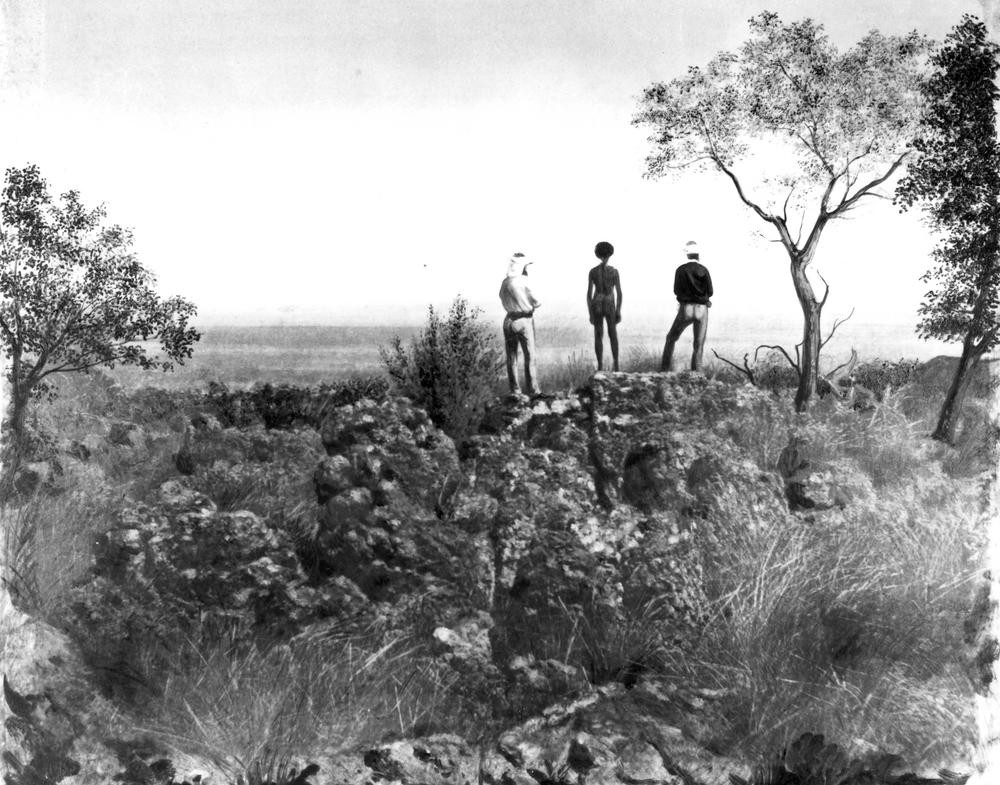
The question of what to do with northern Australia is hardly a new one. In 1907 a paper was presented to the Royal Geographical Society by the Right Reverend Gilbert White, Bishop of Carpentaria, entitled Some problems of northern Australia. Bishop White sums up the problem in this paragraph.
Now few persons will, I suppose, be inclined to deny that the unpeopled and unknown condition of most of the far north is an acute danger to Australia. While much of the land is barren and useless, there are great areas of good and fertile land, of which we are making no use whatever, and which are a standing temptation to anxious foreign countries who do not know what to do with their surplus population. Japan and China are close at hand, and who knows how soon China may become as formidable as Japan? Germany believes that her future lies in a colonial Empire. Personally, I believe that no greater danger threatens Australia than this empty and unprotected state of the north.
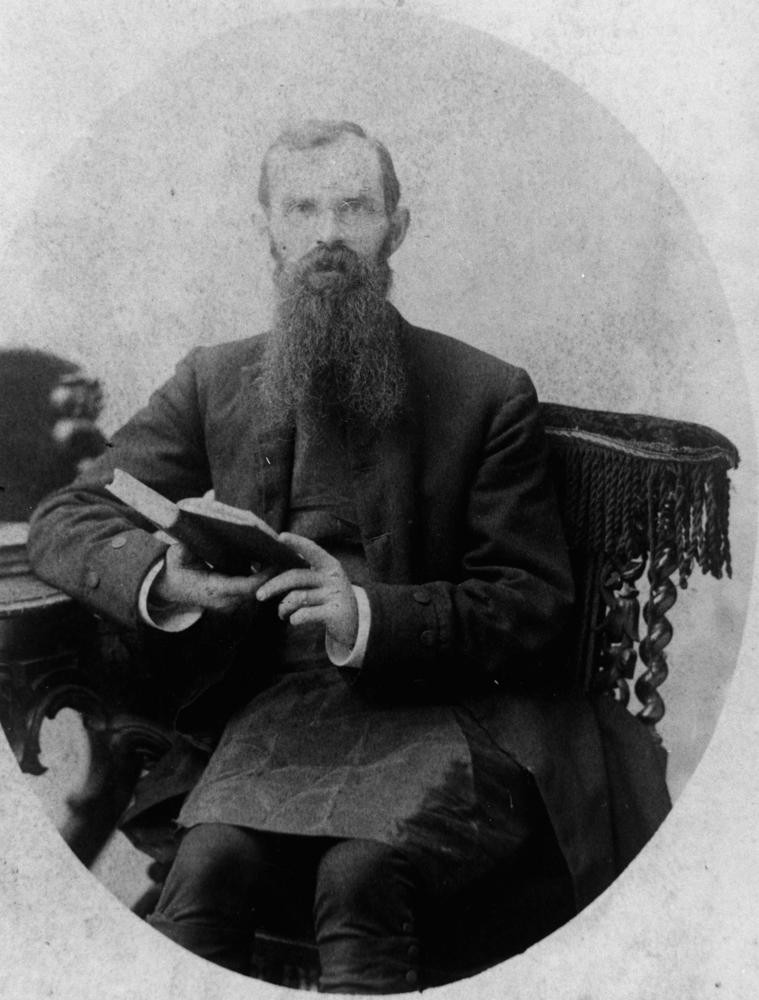
The chief problem in settling these apparently vulnerable northern regions was seen as the tropical climate. Bishop White asks Can the white man live and work in the far north, and can he bring up there children who are healthy, and fit to become parents in their turn?. Matthew Macfie explores this question in more detail in another paper presented to the Royal Geographical Society a few years later, Are the laws of nature transgressed or obeyed by the continuous labour of white men in the Australian tropics?
The white population as might be expected, in these regions has long been stationary, with a marked tendency to decline. It is this class who are constantly leaving our excessively hot latitudes after discovering the incompatibility of these regions with the health and available vigor of those who hail from an ancestry indigenous to the the temperate zone. Even on the erroneous assumption that an actual rush of European whites to tropical climes was in progress, the fact remains that only an insignificant proportion of the inexperienced white immigrants, up to their arrival in North Australia, ever considered the question of the unfavourable relation of a tropical climate to their physical racial characteristics. Sooner or later, however, the discovery is made by them, and is necessarily followed by a continuous emigration from tropical North Australia of the majority of white immigrants who arrive there in ignorance of the science of climatology, and who feel compelled to retire from tropical labours when they learn by painful experience that if they persist in their dangerous indiscretion the end must be a premature grave.
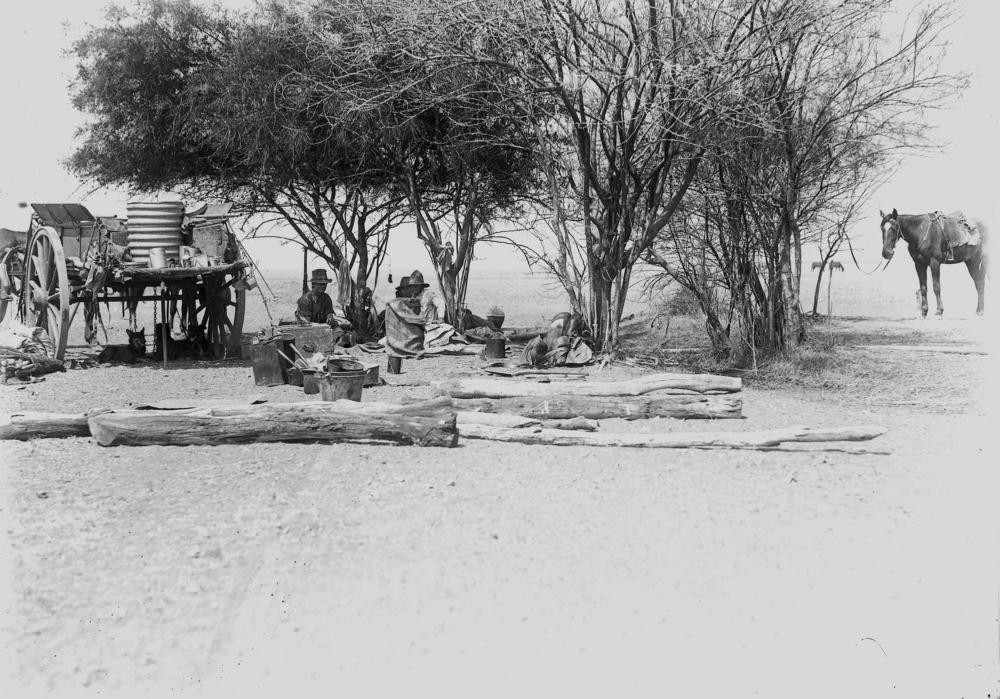
Apart from these questions of racial suitability the most serious problem with northern development was recognized as the distribution of rainfall. Bishop White summarizes the problem. The first and most salient characteristic of Northern Australia is that, while the rainfall is large, increasing in volume as we go north, it nearly all falls between the 1st of January and the 31st of March, the rest of the year being for practical purposes rainless.
In the 1930s prolific author Ion Idriess and engineer Dr. J.J.C. Bradfield both proposed schemes to divert water from north Queensland's coastal rivers into inland rivers to provide water to the parched interior. Idriess plan was published in his book The great boomerang in 1941 but he had been writing articles in the press since the mid 1930s. He makes the plan sound simple in this passage from the book.
We must lift or divert the floodwaters from the eastern Queensland coast and drop them back over the ranges into the headwater channels of the inland rivers: the Cooper and Diamantina in particular, the Georgina as the Plan develops, and later the Bulloo, Paroo, and Warrego. We must divert the headwaters of the northern rivers which flow into the Gulf of Carpentaria and, by means of channel, cutting, or tunnel, lead them back into the head channels of the Diamantina and Georgina.
Nature will attend to the rest, for she dug the channels long ago; she will carry that water right down through Queensland, then through South Australia almost to the coast. ... It is obvious, then, that if water in sufficient quantity is dropped where we stood it must flow down those old rivers and be carried to Lake Eyre and far beyond. It will only remain for us to clean out a few channels that are blocked, to build dams for storage, and to divert the irrigation water as the different localities need it.
Idriess' plan is very much a big picture scheme with little detail about how it might actually be achieved although he does write with the benefit of much experience travelling in the areas he is talking about. Bradfield's scheme, first proposed in 1938, is less broad in scope but much more specific in detail. It also has the advantage of being proposed by an accomplished civil engineer, the man who designed the Sydney Harbour Bridge and Brisbane's Story Bridge. The scheme is outlined in Utilizing Queensland's coastal floodwaters in the Central and Western Districts, an article that is included as an appendix in The battle for the inland : the case for the Bradfield and Idriess plans by F.R.V. Timbury, published in 1944.
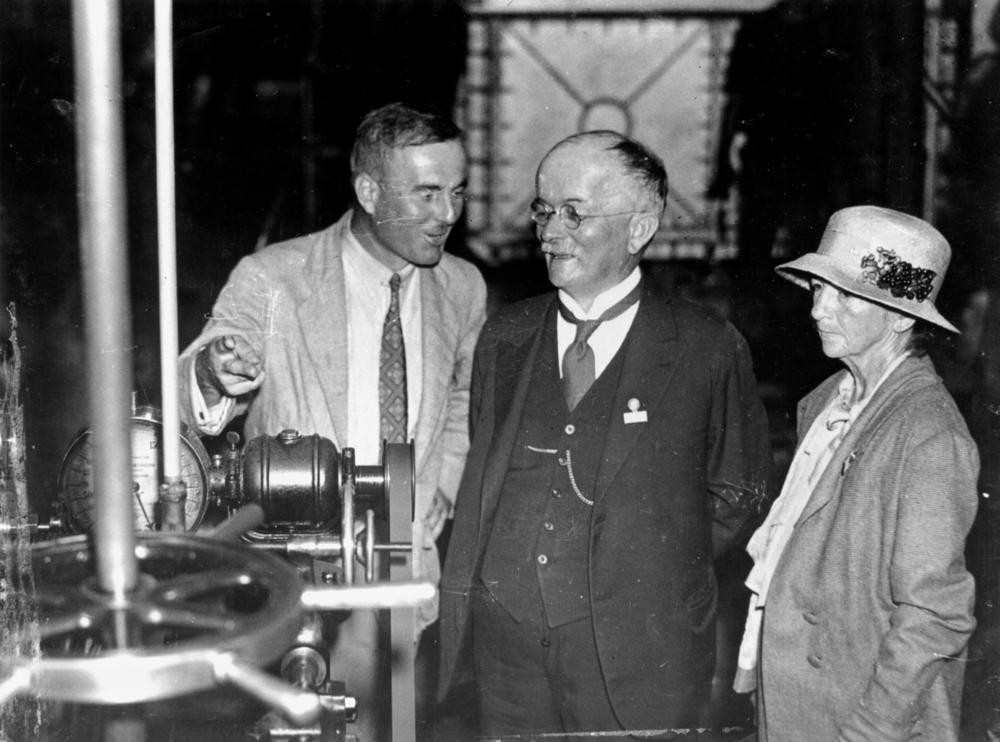
Within an area of about 17,000 square miles, the headwaters of the Tully, the Herbert, the Burdekin and the Clarke rivers have their origin, also the headwaters of the Flinders River on the other side of the Divide. In this region the Storm King holds sway, flooding these coastal-flowing rivers with heavy monsoonal rains as the clouds drift in from the ocean and break with fair regularity against the main divide and the subsidiary ranges. It is possible to combine and store their flood flows in one or more reservoirs from which a permanent stream can be fed to traverse Queensland from near Hughenden to Windorah and the Queensland border, passing near Longreach and Winton.
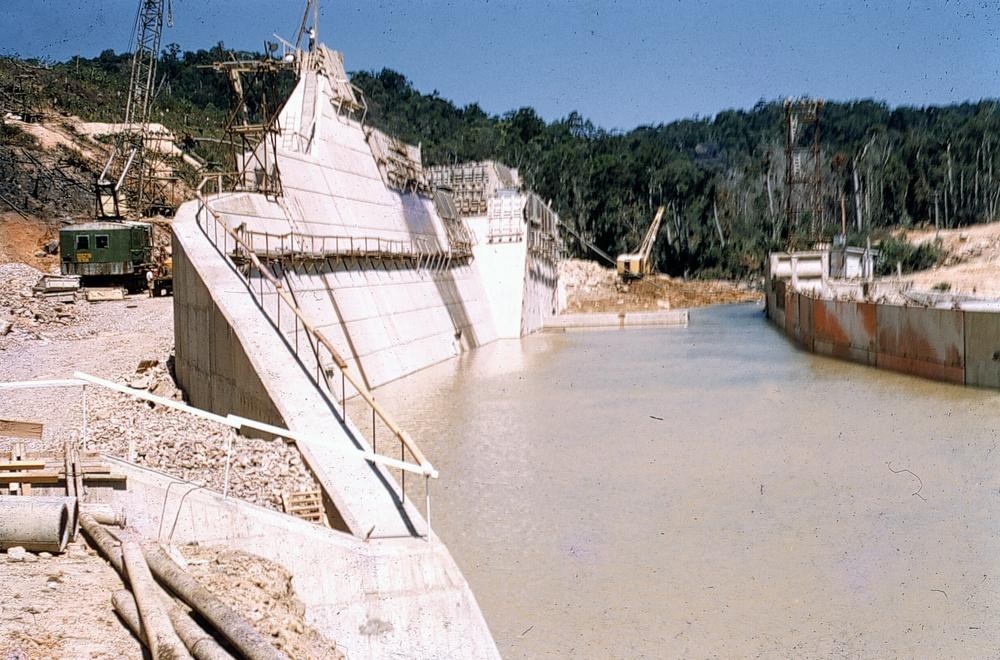
Bradfield's scheme attracted substantial interest but details of the plan later proved to be based on faulty data. Bradfield had intended that gravity flow alone would take the water to its intended destination via a system of holding dams and channels but improved topological data have shown that this would not be possible. Bradfield's estimates of water flow in the rivers has also been shown to be optimistic. Interest in the proposal has been revived periodically and in 1981 The Revised Bradfield Scheme was proposed by colourful MP for Kennedy, Bob Katter. In 1982 a preliminary study of the Bradfield concept was undertaken by Cameron McNamara for the Queensland Co-Ordinator General. This study found "... that a modified version of the Bradfield Scheme is physically possible. However, the quantities of water available and land that could be irrigated, although still large, are much less than in Bradfield's original forecast of 1938." The report concludes "Bradfield's central concept of interbasin transfer of water for the benefit of arid inland areas is physically possible but only tenable if high costs are acceptable."
In the 1960s the cause of northern development was taken up by the People the North Committee. The Committee was established in 1961 as an initiative of the North Queensland Local Government Association. The aim of the Committee was "to press for the immediate development of Australia's open North ... by stirring up nation-wide interest in the North and its vast agricultural, mineral and industrial potential, and alerting the nation to the dangers of continued neglect of the North." They hoped "to see the population of the North increase from its present 350,000 to 1,000,000 by 1973 ... by getting the Federal Government to set up a Northern Development Corporation to develop, industrialise and settle the North as a matter of urgency."
The Committee's efforts culminated in a conference North Australia Development held in Sydney in February 1966. Among the speakers were The Hon. D. E. Fairbairn, Minister for National Development and The Hon. E. G. Whitlam, Deputy Leader of the Opposition, who took time off from election campaigning to address the conference, as well as scientists, economists and engineers. Professor C. H. Munro addressed the conference on Harnessing the North's water resources.
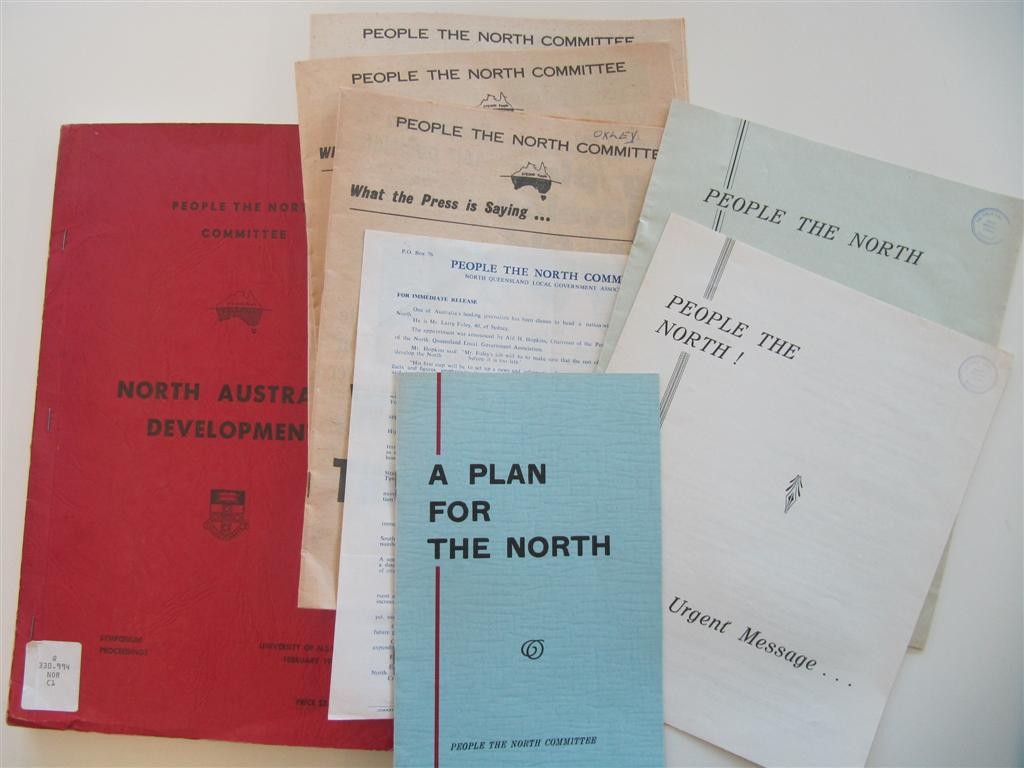
The State Library holds a collection of ephemera relating to the People the North Committee
Interest in northern development has continued into the 21st century. In 2008 members of the Tropical Savannas Cooperative Research Centre produced a paper called Future options for north Australia looking at the major drivers that will shape the north in the future in population, social function, property rights, Commonwealth policy, the global economy, resource use, oil futures, climate change, invasive organisms, and technological innovation. They then describe seven possible futures for the north: chronic underdevelopment, degeneration, a northern ricebowl, an industrial powerhouse, environment first, an Indigenous community Utopia, and dynamic urbanisation. The authors believe that critical decisions made now will determine the possibility of realisation of some of these scenarios.
Like people everywhere, residents of north Australia must adjust to the effects of many forces that are outside their control but which will shape their lives in fundamental ways. Nevertheless and understanding of both the constraints and opportunities can empower them by helping to direct their efforts to areas of greatest importance to them and where they can have the greatest impact. Perhaps the most wonderful feature of life in the Australian tropics is that there are opportunities for leadership towards a future that satisfies many needs. A vision expressed may be realised, but a vision suppressed will never have a history.
Will the next decades see the realisation of dreams for the north expressed over many years or will the problem of the empty north remain a thorn in the national consciousness to periodically surface with demands for action that ultimately remain unrealised?
Simon Miller - Library Technician, State Library of Queensland
Comments
Your email address will not be published.
We welcome relevant, respectful comments.